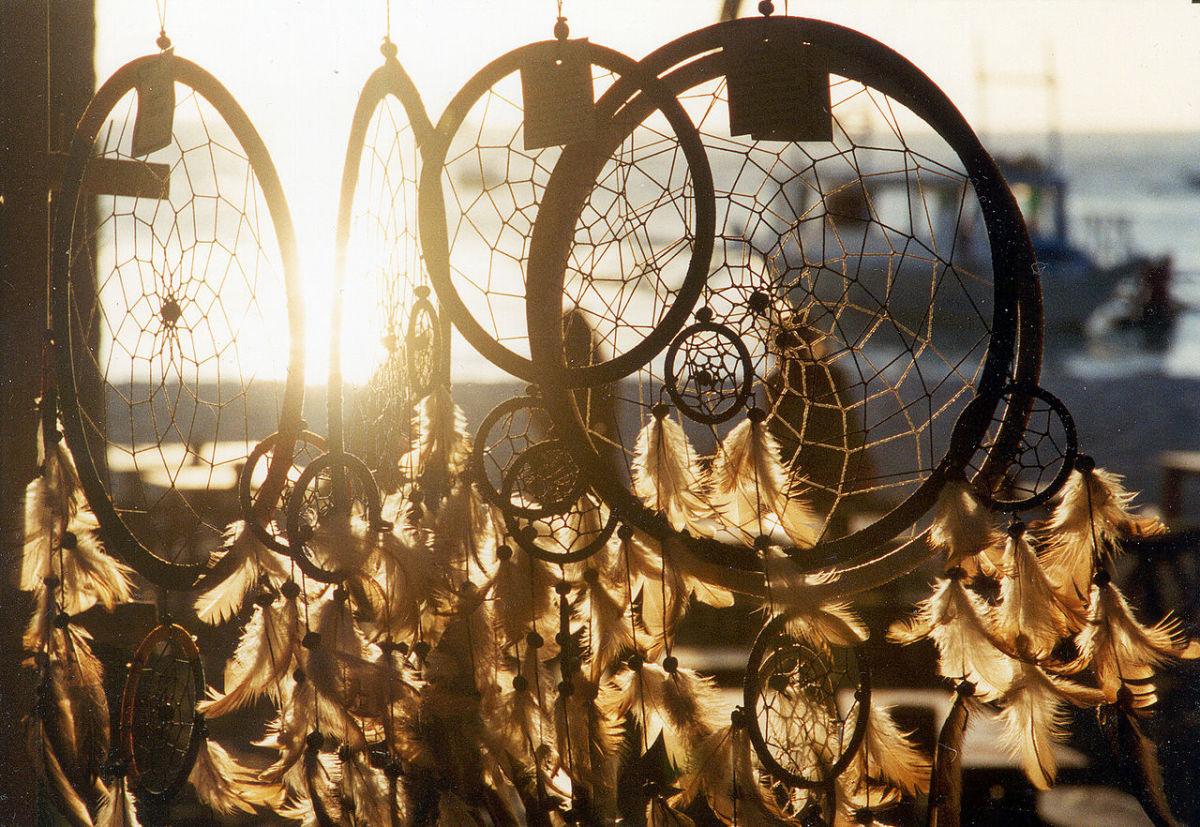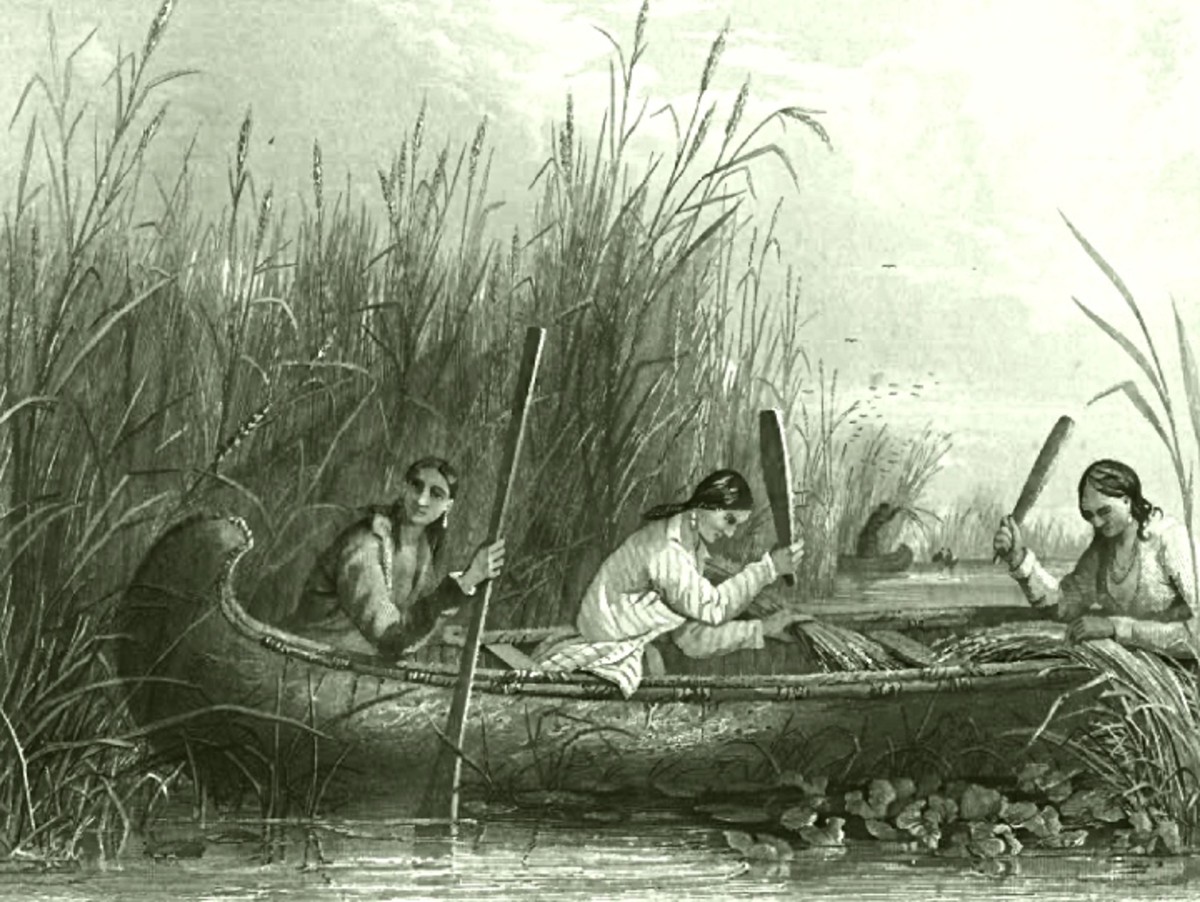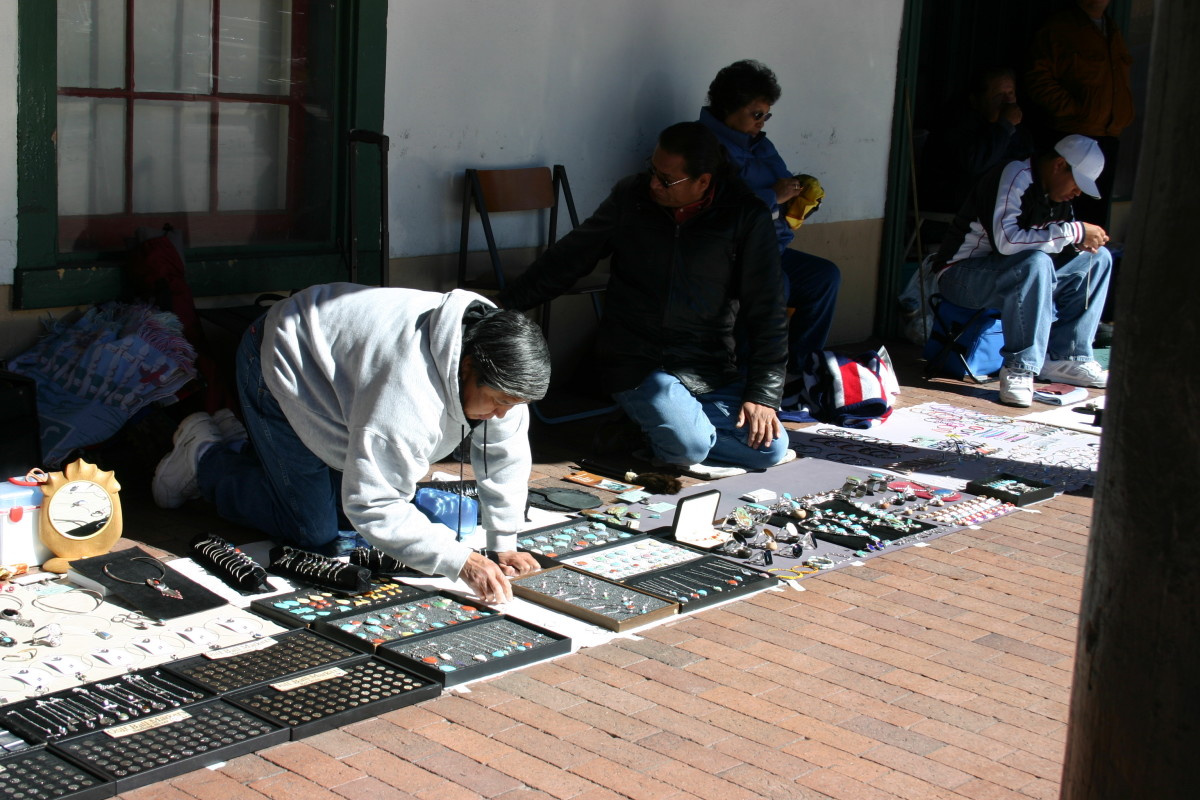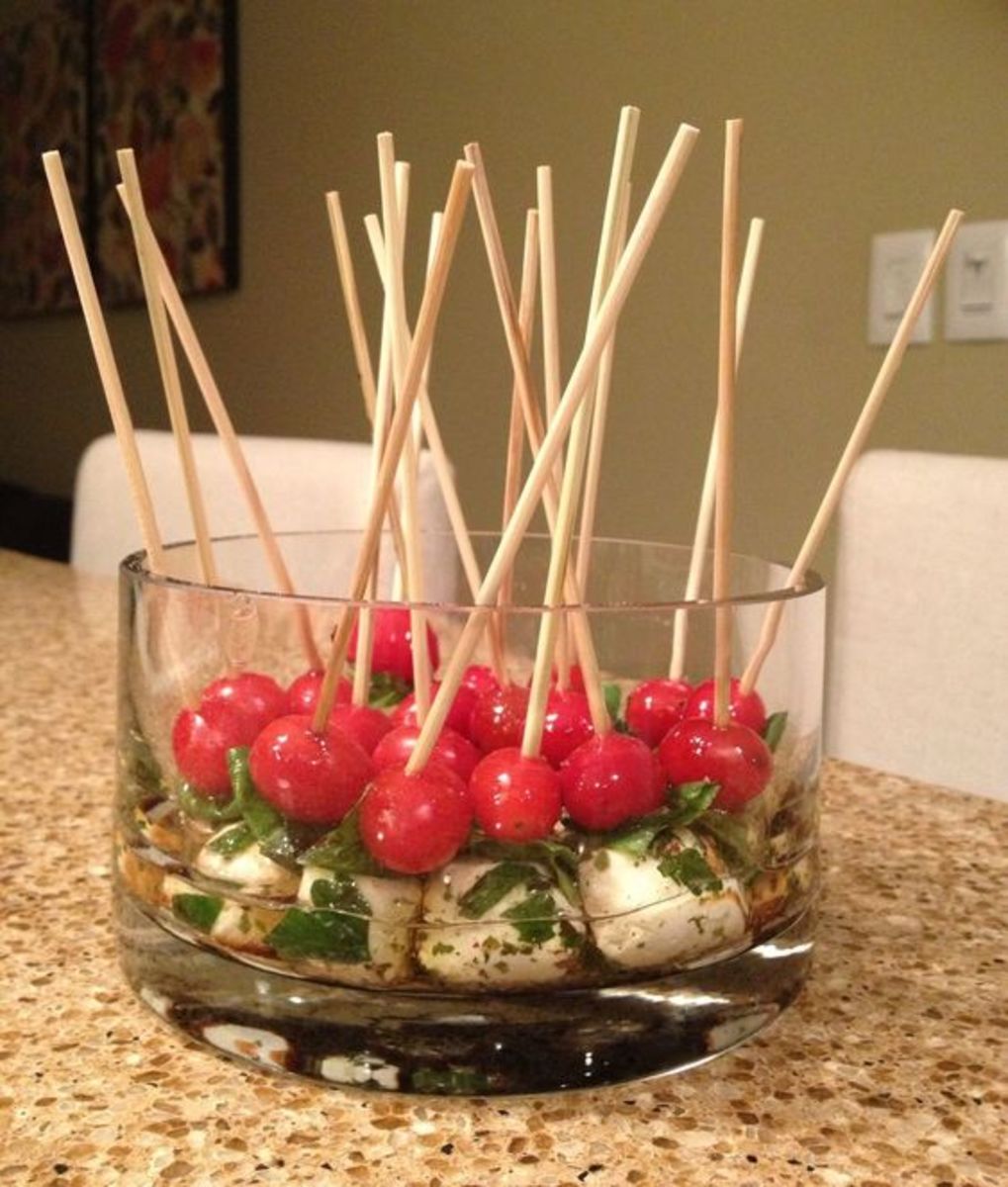Happy Native American New Year Meals
Beans on New Years
The Three Sisters wish you a Happy New Year!
The unfamiliar may wonder whose these ladies are, but we know them to be Corn, Beans, and Squash. They are the foundation foods of many Native American groups since thousands of years ago and are still enjoyed today.
The New Year celebration for numerous Native American nations across the US includes the traditions of the Bean Planting Festival in which people plant beans at the beginning of the year to honor the traditional way of life and to give thanks for the three sisters and other foods. Thanksgiving, in that way, really extends year round with each festival, each harvest, and each hunt.
A Different New Year's Date
In US Indigenous cultures, we frequently New Year's at the end of January or first part of February, based on constellations and moon phases that cue people to plant. Some of the traditional festivals include:
Iroquois Planting Festival
When the Big Dipper is directly overhead in the heavens at night, one waits for the next New Moon to arrive. This is the beginning of the Spiritual New Year for the Six Nations. Next, one counts 5 new days into the new year and then plants and celebrates a 9-day festival.
Bean Sprout Festival (Powamu)
In the great Southwest, in Arizona among Hopi Nation and some other groups, the planting honors the ancestral spirits that have come back again for the first six months of the year to bring health and good rains for the nations's crops. Bean planting honors them in either l;ate Janurary or early February.
Sacagawea Cultivating the Three Sisters
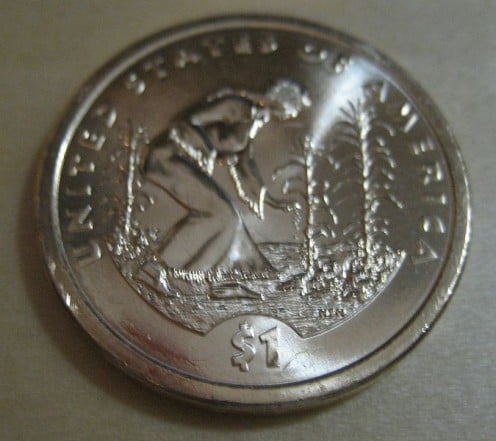
Story of the Three Sisters
The story of the three sisters belongs to the Iroquois Confederacy, who received the story while cultivating their staple foods.
The Three Sisters can thrive only when they stay together. Otherwise, they will lose spirit and give forth only a mediocre harvest - less product, less flavorful, and less nutritious. They will deplete the land and reduce food production even more. They must grow in fellowship and combine their spiritual strength in order to feed the land and the people. We must take care of the Earth in this way.
In each mound of earth in the Iroquois garden, we plant corn in the center, beans around the corn seed, and father out, the squash.
Sister Corn rises first, creating a strong stock for support of her sisters.
Sister Beans rises next in creation, able to twine herself around Sister Corn. No stakes or strings are necessary. It is all natural.
Sister Squash awakes last from her seeds and is gently shaded by Sistters Corn and Beans.
After the thanks is given and the harvest of the Three Sisters completed, their stalks, leaves, and vines go back to the Earth to nourish her for the next year.
The people are fed and Earth ireplenished with honor. All is well.
Thus, we see that interplanting these particular three vegetables in the same garden mounds is very smart. It creates a sustainable system of agriculture that results in consistent, rich soil fertility and a healthy diet.
You can do the same thing in your backyard garden at home! Try a Three Sisters Garden.
A Three Sisters Garden
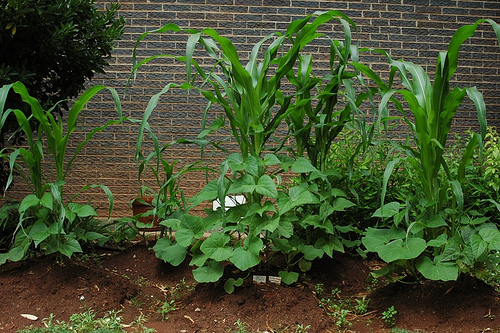
A Three Sisters Salad
INGREDIENTS
- 1 Cup fresh or frozen (thawed) corn kernels
- 2 Cups cooked pinto beans, cooled - save the water for gravy or soup
- 2 Cups cooked black beans, cooled - save water for soup or gravy
- 1 Cup lightly cooked sliced yellow squash
- 2 Large sweet onions, sliced thin
- 1 Green bell pepper, sliced
- 1 Red bell pepper, chopped
- 4 Cloves garlic, peeled and chopped
Dressing
- 1/2 Cup honey
- 1/2 Cup cider vinegar
- 2 tsp ground red pepper
- 1.5 tsp salt
- 1/2 Cup fresh oregano, chopped (3 tsp dried)
- 1/3 Cup olive oil
INSTRUCTIONS
- In a large mixing bowl, place all of the first 8 ingredients and toss.
- In a medium sixed bowl, place remaining ingredients, except olive oil. Blend.
- Add olive oil to seasonings, mix, and pour over the salad.
-
Toss well, cover, and refrigerate to chill before serving.

Three Sisters Across America
Corn, Bean and Squash Casserole
INGREDIENTS
Serves 6 or 8
Bottom and Topping Layer (Polenta)
- 4.5 Cups water
- 1.5 Cups yellow cornmeal
- 1 Tbsp. ground red peper or chili powder
- 1 tsp salt
Vegetable Layer
- 1/2 Cup water
- Pastry Brush
- 8xll casserole dish
- 3 Tbsp extra virgin olive oil (EVOO)
- 1 Cup of chopped onion, half each red and white
- 1 Red bell pepper, chopped
- 1 Pound yellow squash, cut into bite sized pieces
- 1 Can (14-16 oz) diced tomatoes with chiles
- 3 cloves garlic, minced
- 1 tsp coriander
- 1 tsp cumin
- 2 tsp cilantro
- 1 tsp salt
- 1 Can lima or pinto beans, drained and rinsed - keep the juice for gravy
- 1 Cup fresh or frozen (thawed) corn kernels, thawed
INSTRUCTIONS
- Mix cornmeal, chili powder or ground red pepper, salt, and 4.5 Cups water in double boiler or a metal bowl set over a pot of boiling water.
- Cook the cornmeal polenta 40 minutes until stiff. Set aside.
- Preheat oven to 375F.
- Heat 2 Tbsp EVOO over medium heat in a pot.
- Add in chopped onions and cook and stir until soft.
- Add bell pepper and cook 3-5 5 minutes, untell pepper begins to soften.
- Add squash, tomatoes, garlic, coriander, cumin, and cilantro. Mix well.
- Cook 5 minutes and add 1/2 Cup water and salt.
- Bring the pot to the boil and reduce heat to medium-low.
- Simmer the pot 15 minutes until squash is fork tender.
- Add beans and corn and cook 5-7 minutes until thickened.
- Cooking spray an 8x11-inch casserole dish.
- Place 2 Cups topping evenly over the bottom of the casserole.
- Scoop the vegetable mixture over topping.
- Scoop the rest of the topping smoothly over the topof the vegetables.
- With a sharp knife, lightly score the top of the polenta into 6 or 8 sections.
- Brush the scored topping with 1 Tbsp EVOO.
- Bake 30 minutes or until set and golden brown.
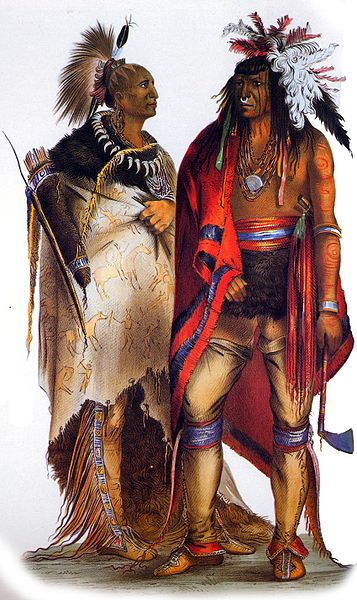
More Native American Information
- New Year's Traditional Recipes - Native American
These recipes came from the Native Americans in Ohio and were passed on to the farmer from 1700 - 1900. - A Mohawk Valentine - Sacred Marriage
Pocahontas Saves John Smith (publc domain - Library of Congress).Smiles the earth, and smile the waters, Smile the cloudless skies above us, But I lose the way of smiling When thou art no longer near me! ... - Independence Day for the Native American
My favorite 4th of July is in Washington DC. On the mall, among servicemen and women from all of our country's branches gathered with other people to... - Native American Nations - Introduction
Blackfoot Tipis...Thank you, niawen (in Mohawk), for asking this question,jimmythejock. The answer will comprise more than one Hub and I hope that you find the short series informative and enjoyable. It will be... - The First Thanksgiving - Original Recipes From 1621, But There Was No Pie Or Pilgrims
The Ohio State University met with Native American students and other people to discuss the real events on the first English-American "Thanksgiving" and to make new plans for the future. You see, there was no pie and too many beheadings...


